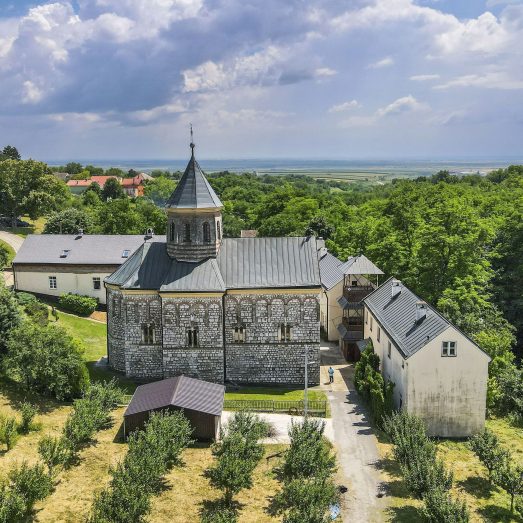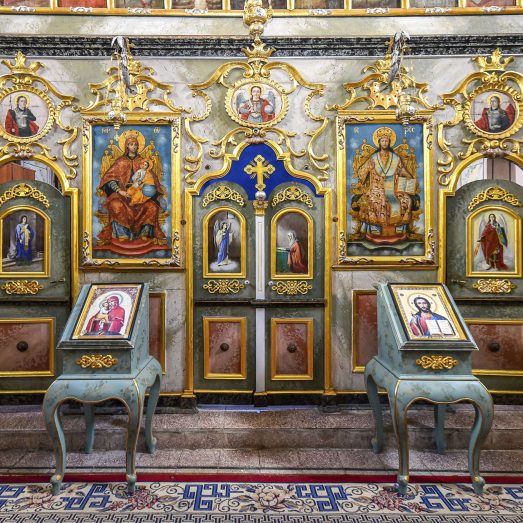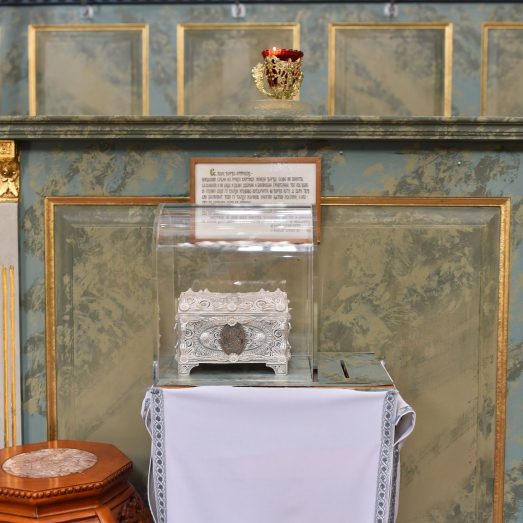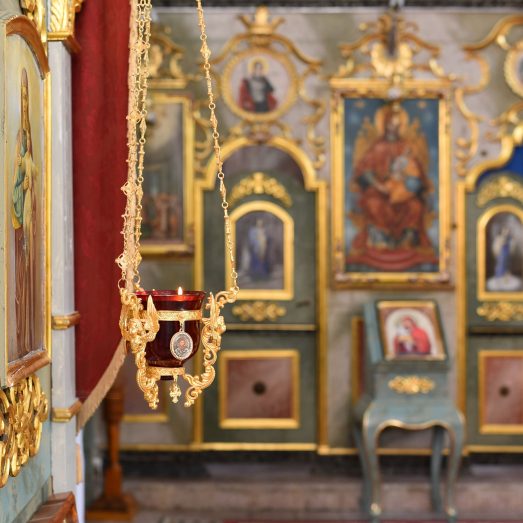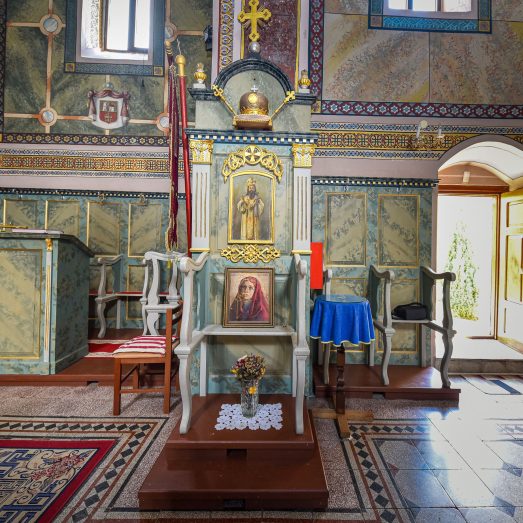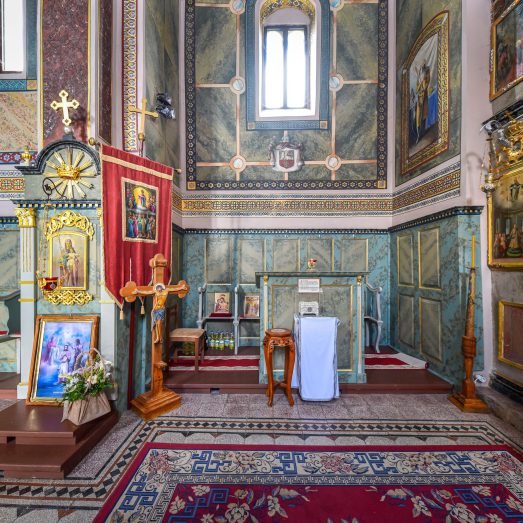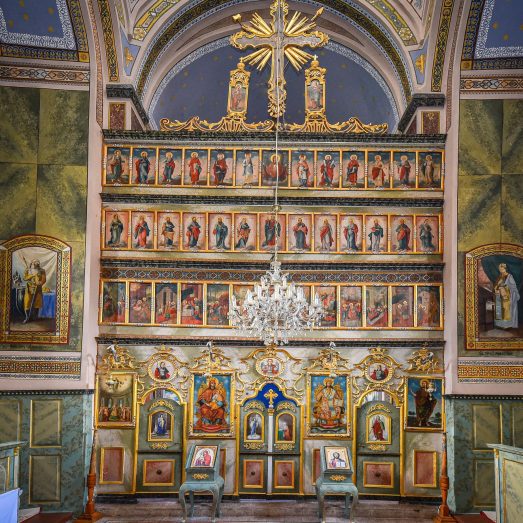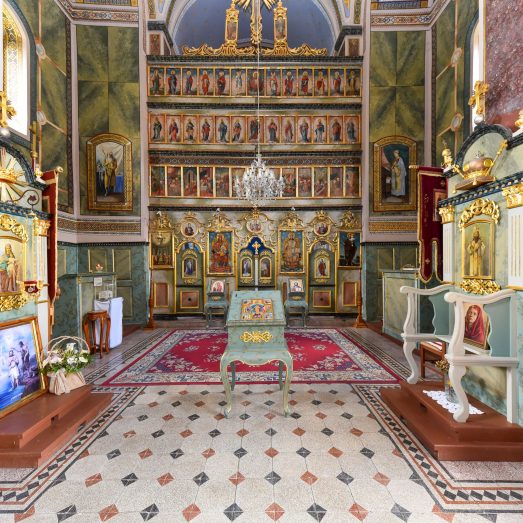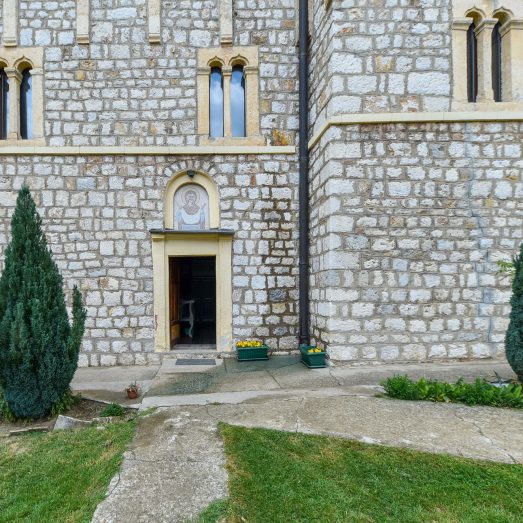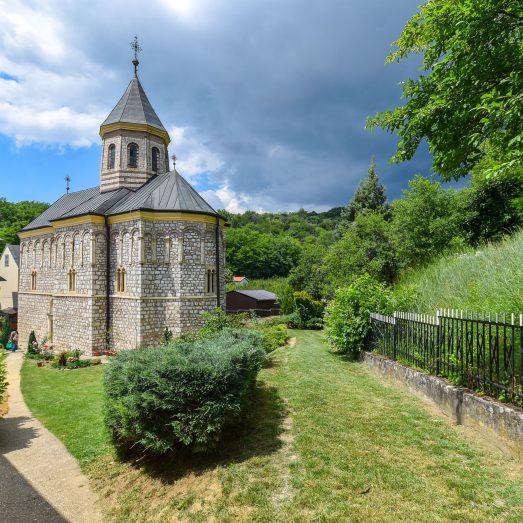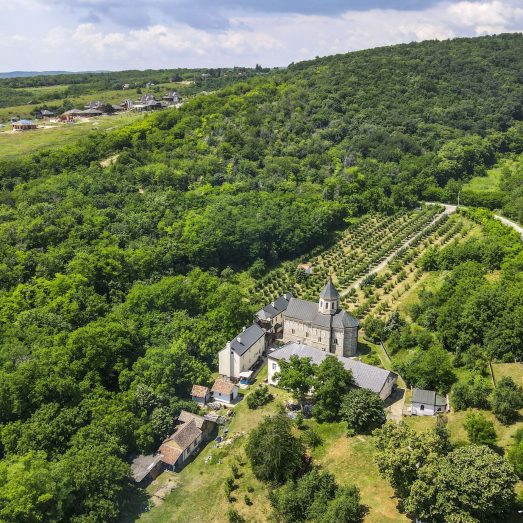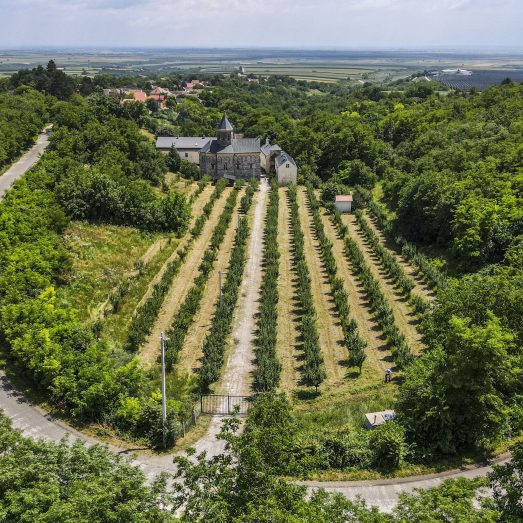The monastery church is dedicated to the Shroud of the Virgin (Pokrov Bogorodice) (October 14)
According to lore, the Mala Remeta Monastery was built by King Dragutin Nemanjić (1276-1316) and given as a gift to the Rača Monastery (near Bajina Bašta). The first historical data about it, as well as about other Fruška Gora monasteries, can be found in an Ottoman document from the 16th century. The report of the canonical visitation of Fruška Gora monasteries from the middle of the 18th century says that during the Ottoman administration of Srem, this monastery was deserted, and that it was here, probably at the end of the 17th century, that the monks of the Rača Monastery moved. The permission of Patriarch Arsenije III Čarnojević from the end of the 17th century, by which he gives his blessing to the monks from Rača to restore Mala Remeta, indicates that it was a metochion of the Beočin Monastery. Some researchers believe that the monks built it on the remains of the Eremitic-Pauline Roman Catholic monastery, because it was once known as Remetsko.
The temple that exists today was built in the first half of the 18th century, in the Serbian-Byzantine style without Baroque influences. The patron was Stanko Milinković, a resident of the village of Šuljam. The patron of the construction of the konak on the south side, built in the middle of the 18th century, was the senior lieutenant (“oberlajtnant”) of the Petrovaradin Regiment Jovan Jovanović. The konak on the north side, from the same period, was not preserved during the reconstruction in the 19th century. The monastery was damaged and looted in Second World War. At the end of the war, the burned konak on the south side was renovated during the restoration works on the basis of the preserved construction plans. The free-standing bell tower, the west-facing konaks and the souvenir shop are of a more recent date.
The richly carved iconostasis was made by the woodcarver Petar Ošapović, and the icons on the iconostasis were made by a group of authors. It is reliably known that the four throne icons are the work of Janko Halkozović from the middle of the 18th century. The patron of the creation of the throne icon with the depiction of Christ was Ružica, the wife of Jovan Jovanović. Wall painting is the work of Kosta Vanđelović, an associate and student of Uroš Predić, from the beginning of the 20th century. In the monastery church there are two tall wooden candelabras from the 19th century, which is a rarity on Fruška Gora.
The monastery preserves the particles of the relic of St. Đorđe Kratovac, a martyr of Serbian origin who died in the 16th century because he did not want to renounce the Christian faith and convert to Islam.
Liturgy schedule: liturgies on weekends at 7.00 a.m.; prayers every day at 5.00 p.m.
TOURIST INFORMATION: The monastery is open for tourist visits during daylight hours. The appropriate way of dressing (for women covered head, long skirt, long sleeves, and for men long trousers and shirt) is implied. Pets are not allowed.
